Contrary to How it Seems, Humans Band Together During and After Disasters
Comment number:
10
Advertisement
Showing 16 results
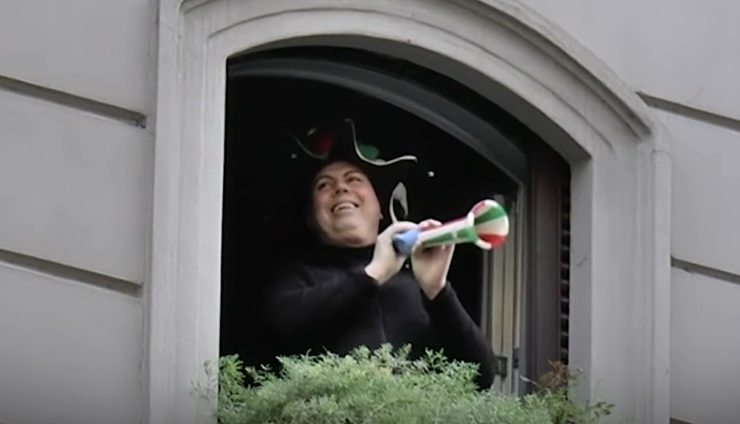
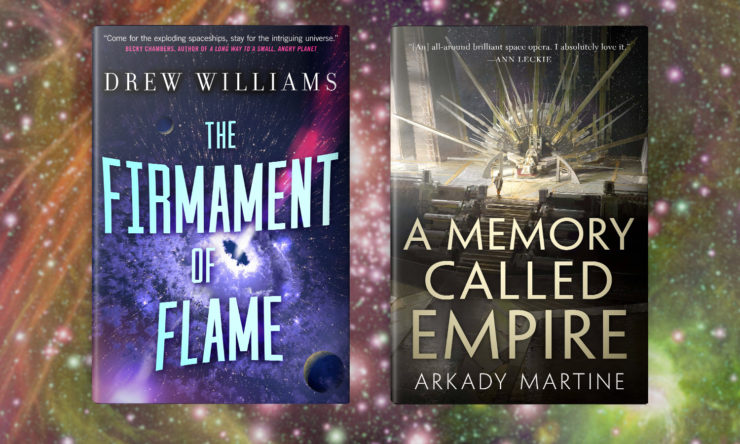
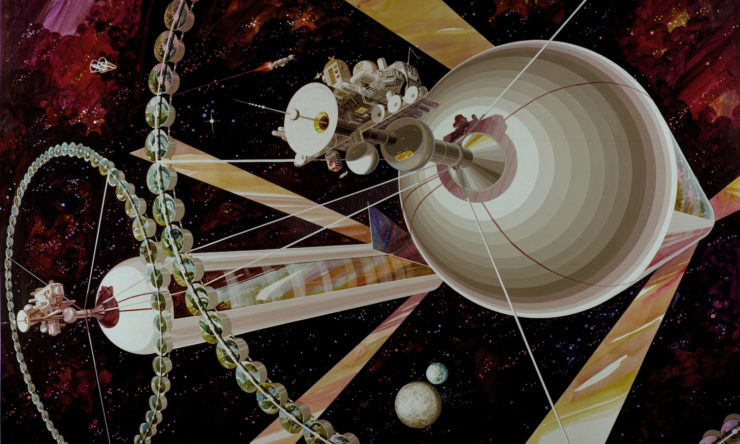


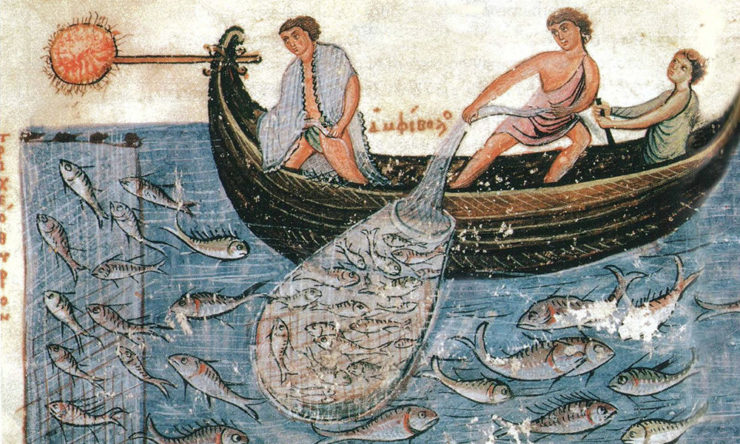

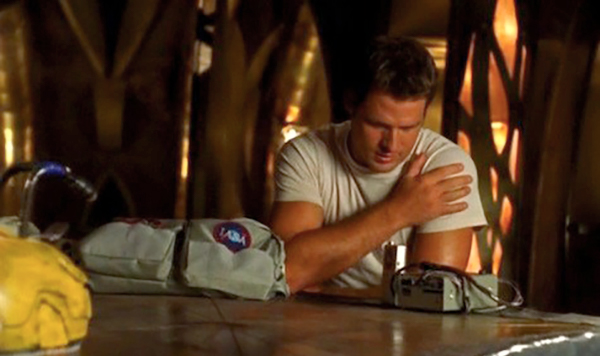
“Writers are liars my dear, surely you know that by now?”
Neil Gaiman, The Sandman
For compliance with applicable privacy laws:



